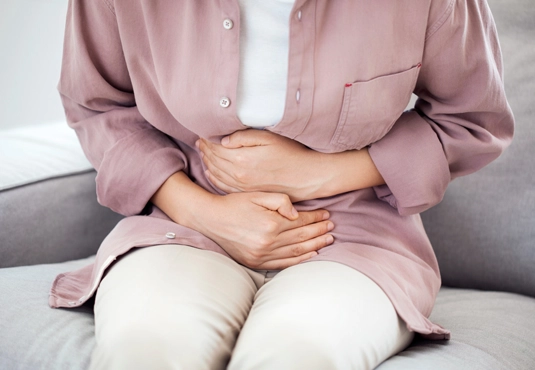
The gallbladder is an organ where bile, produced by the liver, is stored temporarily until needed. When food reaches the stomach and duodenum, a signal is sent to the gallbladder to contract. This causes the gallbladder to release bile into the intestines, similar to how water is released from a toilet tank when flushed, aiding in the digestion process.
The most common gallstones are cholesterol stones. The reason for this is that cholesterol is excreted from the body via bile. To be excreted, cholesterol must remain in a fluid state. The substance responsible for keeping cholesterol fluid is a chemical in bile called lecithin.
As long as cholesterol and lecithin remain in balance, there are no issues. However, if the concentration of cholesterol in bile increases or the level of lecithin decreases, this balance shifts in favor of cholesterol, causing it to crystallize and form tiny grains. This is what is meant when it is said that there is “sludge” in the gallbladder. If this process continues, cholesterol and calcium continue to deposit on one or more of these grains, eventually forming gallstones of various sizes.
Gallstones can remain silent for years without causing any symptoms. These are called "silent stones." However, if a stone or sludge blocks the duct through which bile is supposed to drain, like a clogged sink, symptoms will begin to appear.
When the gallbladder receives the signal to contract and release bile into the intestines, but cannot do so due to the blockage caused by the stone or sludge, it contracts more forcefully. This leads to pain and nausea.
Patients with gallstone pain often describe it as radiating to the upper right side of the abdomen and toward the right lower ribs or the back.
Symptoms of gallstones often appear after eating and include:
If the obstruction caused by the stone or sludge is removed and the gallbladder can empty again, the painful contractions will stop, and the pain will subside. However, as long as the blockage remains, the pain will persist. Since food intake triggers and sustains this pain, patients are kept on a fast, and medications that stop the contractions are administered.
If the blockage lasts for a long time, the walls of the gallbladder may swell, thicken, and lose their blood supply. This creates a favorable environment for bacteria, leading to inflammation of the gallbladder.
The most effective way to relieve gallstone pain is by giving medications that relax the contractions (spasms) of the gallbladder. In mild cases, there are oral medications, but intravenous pain relievers and antispasmodic drugs given with a bit of fluid are more effective in most cases. Keeping the patient fasting also helps to reduce the pain.




